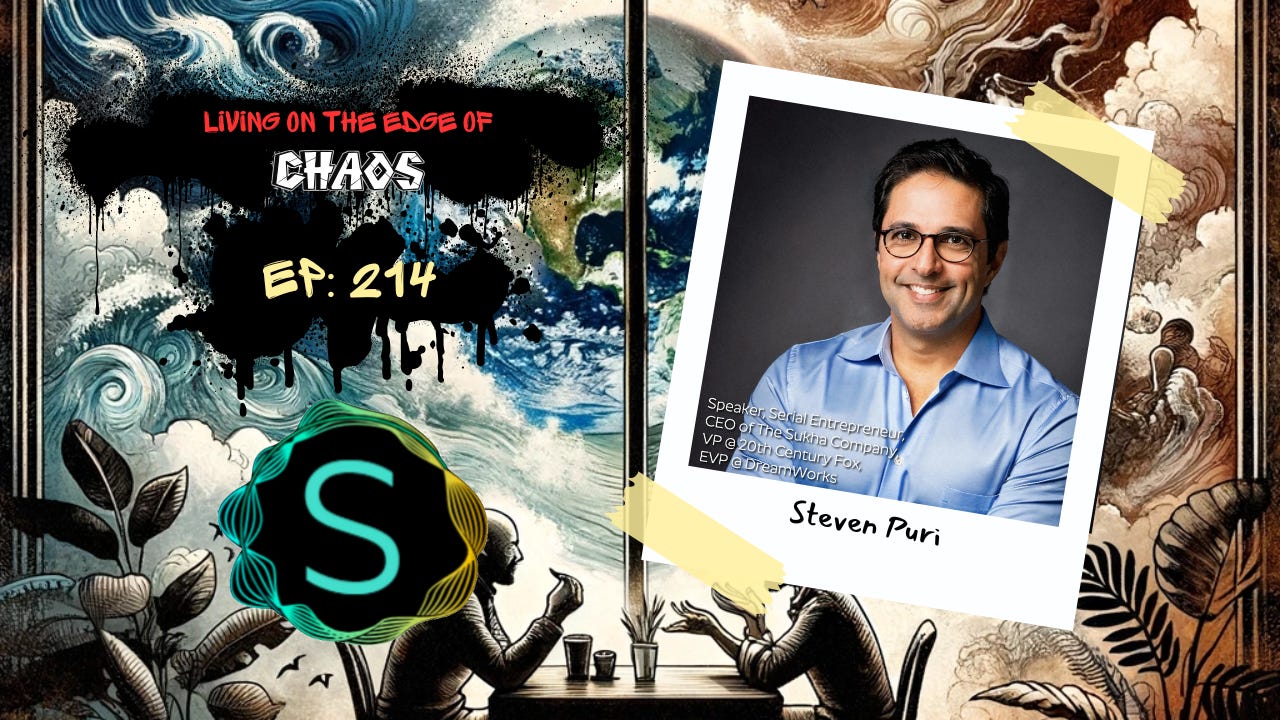Tuning the Mind: Eyespots, AI, and the Art of Seeing Differently
Perception, privacy, and parallel thought in a world of infinite signals
Opening Reflection
"Tuning (in). Two eyes closed and one eye open..."
This month's calendar that I love that is the artwork of Tanya Johnson has an image that whispered something deeper about the need to align perception with intention. It reminded me of a Polyphemus moth I found resting in the grass while mowing this week. With eyespots on its wings, it sees or rather, tricks others into seeing.
Much like us. Much like our tools.
This issue explores what it means to see clearly in a world of attention-grabbing noise: the AI that tries to help us focus, the ways we make thinking visible, and how biological patterns still guide our digital dreams.
Field Focus: The Polyphemus Moth
The Polyphemus moth (Antheraea polyphemus) is a giant silk moth native to North America. Its most distinct feature? Two giant eyespots on its hindwings, designed to mimic predators' eyes and startle threats.
Symbolism: Sight, illusion, and transformation.
Observation Tip: These moths are nocturnal. You’ll often spot them after storms, disoriented but peaceful.
"In nature, clarity is survival. But so is disguise."
Field Prompt: What are the "eyespots" in your life? What do you use to deflect, distract, or protect? What might you see if you looked directly instead?
AI Update: Seeing More, Sharing Less?
This week’s AI updates revolve around perception, protection, and purpose:
Google Gemini Updates
Temporary Chats: Chat without saving history. A small step for privacy, a giant leap for intentional AI use.
Guided Learning: Gemini’s AI tutors are more scaffolded and humanlike that is starting to be like a coach who can see where you're going before you do.
New Tools for Students: Study guides, annotated documents, quiz generation. Less about answers and more about how you see the material.
ChatGPT 5 Jumping Game + Prompting
OpenAI’s GPT-5 Game Demo: Ask for a jumping game and ChatGPT creates it with HUD, sounds, and interactivity.
Prompt Screenshot: The interface to imagination gets even smoother.
Or try this simple one: make me a tetris game with a interactive hud and sound effects. This is my weekend project. I don’t have it working yet, but maybe by next newsletter.
NotebookLM Video Overview
Use AI to generate narrated video summaries of any document. Visual learning, powered by text.
How-To:
Create a notebook and upload documents
Click Studio Panel > Video Overview
Customize audience and goals
Download the MP4
Here is an example of the video overview using my newsletter and resources. Pretty awesome stuff!
Privacy Alert: ChatGPT Sharing Update
Thousands of public chats were indexed by Google a week or so ago and I wrote about that here in a previous newsletter. I want to update that OpenAI fixed things, but still leads to key questions moving forward for all things we do.
What happens when your learning journey becomes public?
Are we trading the privacy of thought for convenience and visibility?
Eyes open doesn’t always mean seeing clearly.
GPT-5 Prompting Guide
Andreas Horn’s GPT-5 Prompting Framework offers a helpful scaffolding for writing better prompts:
Context
Instructions
Format
Constraints
Tone
Prompting is now part design, part psychology, part poetry.
Analog + AI Activity: The Eyespot Map
Use this weekend to reflect:
Draw a moth or find an image that can serve as a coloring book page or create an AI version.
Label the eyespots with "what you project" and the body with "what you protect."
Journal: What are you trying to keep safe? What do you want others to see vs. what you keep hidden?
Optional Add-on: Try ChatGPT, Claude, or NotebookLM’s video feature to explore your thoughts digitally.
Threads from the Web
“Enough is so vast a sweetness, I suppose it never occurs, only pathetic counterfeits,” Emily Dickinson from Marginalian
Be satisfed in the now and try not to let things out of your control take away the present my friends!
David Whyte – Echo & Inversnaid
"There is a world inside the world." Poetry for your deeper self. Echo Inversnaid
From Blowing Up the White House to Building Flow – Lessons from Hollywood for Educators
What do Independence Day, Die Hard, and remote work have in common?
This week’s podcast guest, Steven Puri, was behind the digital effects of blowing up the White House (in CGI!) and went on to become a 3x tech CEO and now founder of The Sukha, a 34K-strong productivity community built around focus, flow, and joy.
In Episode 214 of Living on the Edge of Chaos, we explore:
What Hollywood can teach us about creativity and collaboration
How educators and leaders are missing the point of “productivity”
Why the best ideas come when we’re distracted, walking, or bored
And how culture—not control—creates real learning and growth
Steven’s stories are wild, thoughtful, and deeply relevant to anyone leading a classroom or a team.
“You can’t force creativity. It’s always about the other thing.”
Whether you're crafting a lesson plan or building a business, this is one of those rare conversations that connects dots between blockbusters and burnout, deep work and teaching, and why now more than ever we need more Sukha in our lives.
Final Reflection
“Like a moth drawn to the moon, we’re wired to seek light. Not just to see, but to understand. Sometimes what looks like a warning eye is really a window to wonder.”
See you next week — Aaron (Coffeechug)







